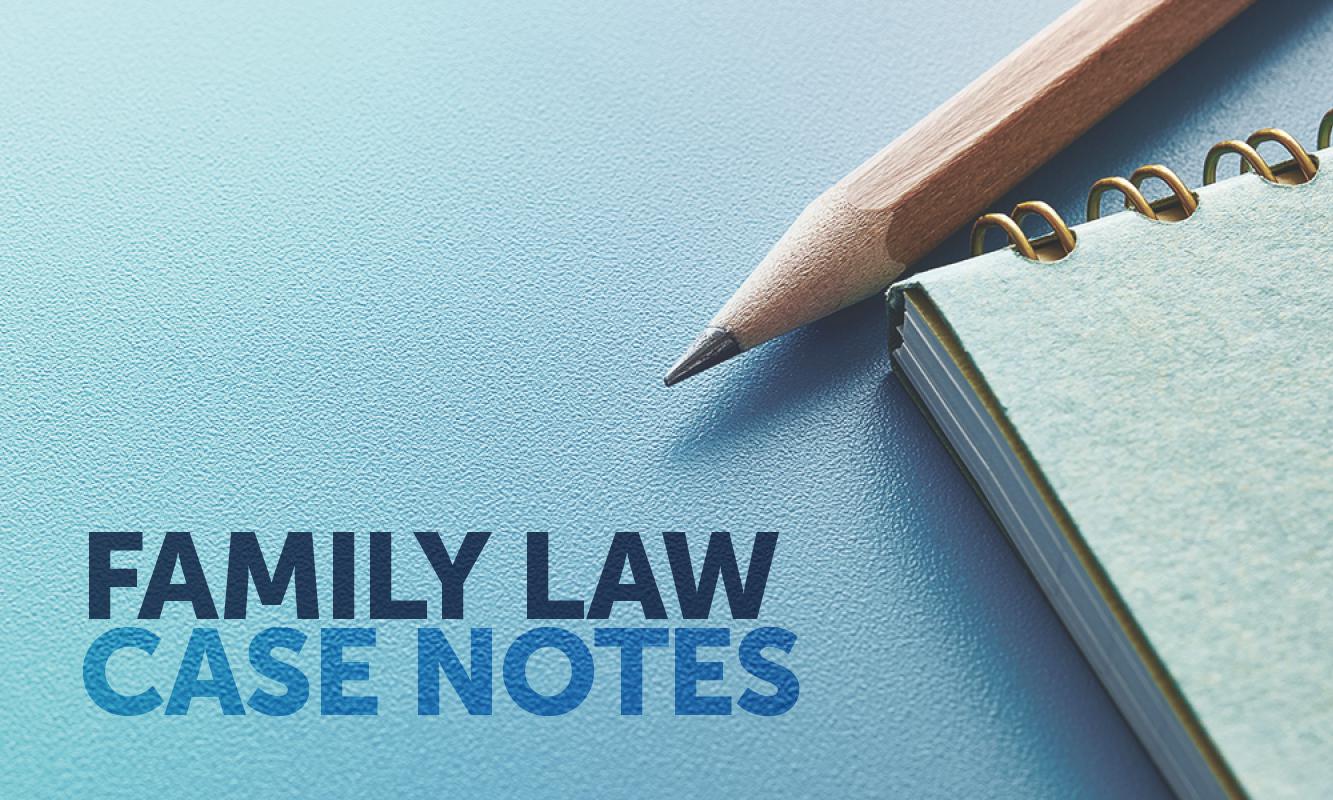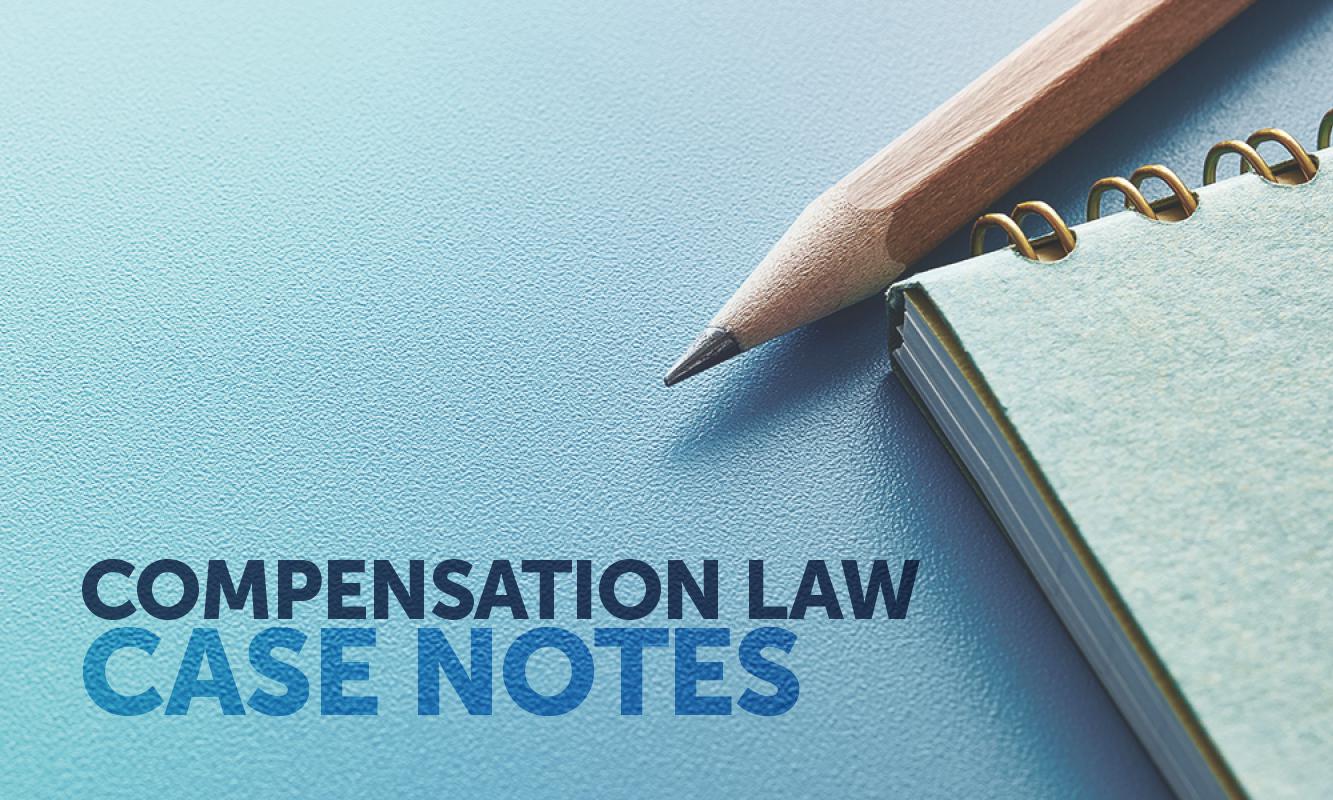In Hamilton (a pseudonym) v The Queen [2021] HCA 33, the High Court of Australia considered whether the trial judge’s failure to give an ‘anti-tendency direction’ resulted in a miscarriage of justice.
Background
The appellant was charged with 10 counts of aggravated indecent assault, alleged to have been committed against three of the appellant’s children.
The defence did not seek to have the counts tried separately. Rather, the defence sought to use the joint trial as an opportunity to argue that the children fabricated their allegations at the urging of their mother, the appellant’s former wife.
At trial, defence counsel did not seek a direction from the trial judge that the jury must not reason from a finding that the appellant was guilty of one charged offence that he was guilty in respect of other charges because he was the kind of person who engaged in that kind of misconduct (an ‘anti-tendency direction’).
The trial judge did, however, direct the jury that they could not convict the appellant unless they were satisfied beyond a reasonable doubt that the evidence of each child was honest and reliable in relation to each of the counts concerning that child.
The jury returned guilty verdicts on all 10 counts. The appellant appealed to the New South Wales Court of Criminal Appeal, which rejected the appeal. The appellant then appealed to the High Court of Australia.
Issues
The appellant appealed on the ground that there had been a miscarriage of justice because the trial judge did not give the jury an anti-tendency direction. The appellant submitted that the failure of counsel to request the direction was an oversight or omission and did not relieve the trial judge of his duty to provide the direction.
Issues considered
The majority of the High Court (Edelman and Gleeson JJ dissenting) held that there was no miscarriage of justice and dismissed the appeal.
While courts must be astute to protect the accused person against the risk of impermissible tendency reasoning, there is no absolute rule requiring an anti-tendency direction in all cases where there is a risk of tendency reasoning.1
The jury had been instructed to convict on each count only if they were satisfied beyond reasonable doubt as to the reliability of the evidence of the complainant in respect of that count, and that path of reasoning did not stray into tendency reasoning.2
The High Court majority then considered the failure by defence counsel to seek an anti-tendency direction. Citing De Silva v The Queen, the court noted:
“[t]he failure of counsel to seek a direction is not determinative against successful challenge in a case which the direction was required to avoid a perceptible risk of the miscarriage of justice.”
However:
“The absence of an application for a direction may … tend against finding that the risk was present.”3
The High Court found that the Court of Criminal Appeal was correct to conclude that the failure of the appellant’s counsel at trial to seek an anti-tendency direction was a deliberate forensic decision rather than an omission or oversight.4
Counsel’s failure to seek the anti-tendency direction arose on the basis that there was little practical risk the jury would reach guilty verdicts via impermissible tendency reasoning.5 The High Court highlighted that a rational and legitimate decision by competent defence counsel as to the conduct of a criminal trial will not give rise to a miscarriage of justice.6
The key takeaway for the profession is that the client will be bound by the forensic choices of their legal representatives, and so great care must be taken when making tactical decisions as to the conduct of the trial.
Irene Gallagher is a Law Graduate Intern at Queensland Law Society Ethics and Practice Centre. This article has been approved by Grace van Baarle, Solicitor and Manager, QLS Ethics and Practice Centre. The author also wishes to thank Ethics Senior Counsel Shane Budden for his input.
Footnotes
1 At [43].
2 At [45].
3 At [54], citing De Silva v The Queen (2019) 268 CLR 57, 70.
4 At [55].
5 At [56]-[57].
6 At [49].












Share this article